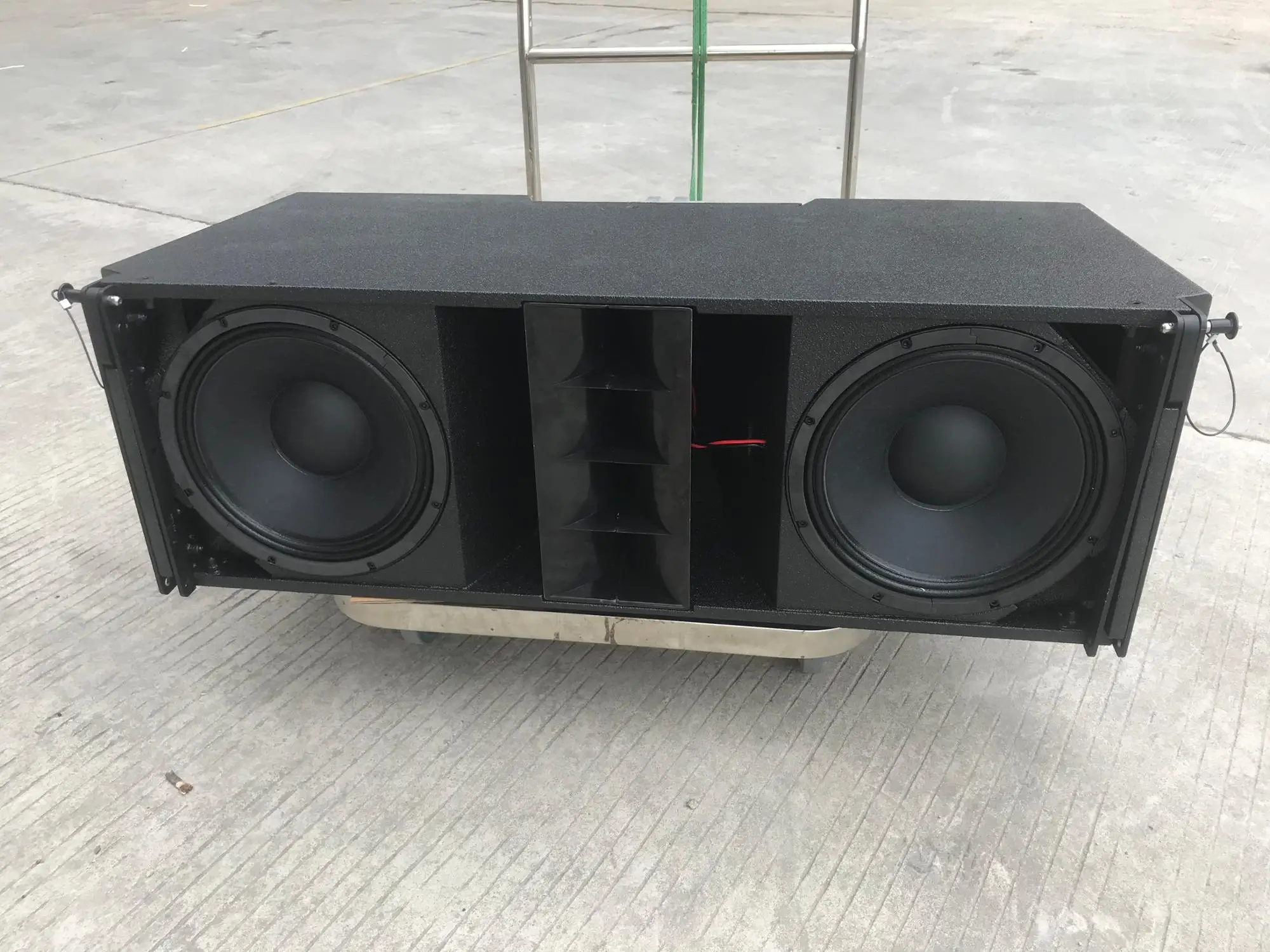Table Of Content
- Professional Audio Equipment by Cerwin Vega
- Impedance
- designs, the approach that I take to them, or the theories. I have no problem
- Building a DIY Speaker: Driver Selection
- Power Compression
- Totally Addicted to Bass?!?
- Can Active Streaming Speakers Really Replace a High‑End Stereo System?
- How to build the perfect speaker

Understanding the science behind these elements will provide insights into how they contribute to creating high-quality sound reproduction. Many people who do their own speaker projects separate the woofer from the rest of thesystem, putting it in its own box. Often, people also bi-amp the system, using a separateamplifier for the woofers.
Professional Audio Equipment by Cerwin Vega
The audio signal travels through the electrically conductive ribbon, creating a magnetic field around the ribbon that interacts with the permanent magnetic field. In effect, the ribbon functions as both the voice coil and the diaphragm. The ribbon can be thought of as the voice coil stretched out over the ribbon’s length.
Impedance
The 3 Best Home Bluetooth Speakers of 2024 Reviews by Wirecutter - The New York Times
The 3 Best Home Bluetooth Speakers of 2024 Reviews by Wirecutter.
Posted: Tue, 13 Feb 2024 08:00:00 GMT [source]
The physics behind this method mean that magnetostatic loudspeakers and related variations are quite big and thin compared to traditional dynamically driven options. This awkward form factor presents an obstacle for many looking for an audio setup that blends nicely with the rest of their home. They also require amplifiers capable of matching their low-impedance demands. That’s not to say all that sonic influences created from a speaker’s cabinet are unquestionably bad. On the contrary, many listeners feel some level of “boxiness” provides a richness to music that’s missing in other speaker designs.
designs, the approach that I take to them, or the theories. I have no problem
The good news is that nothing here is beyond refinement with a touch of EQ. However, I usually try to work in attenuation and EQ directly into the crossover. This helps harmonize the woofer and tweeter in a way that minimizes the need for extra EQ down the line.
After auditioning a very high end pair of open baffle speakers, my Uluwatu's were embarrassingly better. All DIY designs you find here are copyrighted, but free for non-commercial use. My older brother Stephen introduced me to music when I was about 12 years old. Stephen was a prodigious musical talent (he went on to get a degree in Composition) who generously shared his records and passion for music with his little brother. Finally, he found that angling them inwards created a more immersive soundstage.
Rania Ho is a multidisciplinary artist working in interactive multimedia installations and performance. Her works utilizes a wry, unexpected approach to everyday objects and situations as a means of interrogating social and cultural concerns. Ho uses her identity as a Chinese-American as the central subject and inspiration for many of her works that are humorous and resemble games but also have serious undertones and make critical social observations. The plans available on this site are all submitted by its users,many with detailed design specs and proven results.
Totally Addicted to Bass?!?
It should minimize diffraction and provide enough internal volume for bass. Designers use computer simulations and testing to get it just right. After developing a working prototype, it’s time to build a pre-production unit. There is still plenty left to tweak, but the design has the cabinet in its final form, along with the approved drivers that will make it into the final product. Some vented speakers offer port plugs for sealing the cabinet and making them act like sealed speakers.
For the purpose of this article, we will showthe development of a 3-way vented enclosure. Passive crossovers do not have their own power source, all they can do is block the signal, they are regarded as passive as they can not increase it or amplify it. Passive crossovers/filters are placed between the amplifier and the speaker driver(s). Just slightly below the cut-off frequency the filter begins to take effect, and starts blocking. The cut-off frequency is generally regarded as the point where the signal is at -3dB, and is in the middle of the ‘knee’ or bend in the response graph.
How to build the perfect speaker
I went back to the frequency response of the tweeter, to take a closer look, and consider an alternative approach. At 5kHz and above, the tweeter is approximately equal in output to the median level of the woofer. Below 5khz, it gradually rises in output, until its around 12db higher at 2.5khz. This is a pattern I have seen before, and already know how to deal with. Again we have bumps in the impedance of the tweeter, however tweeters are more problematic, as the impedance bumps are often very close to the crossover frequency.

In addition, hi-fi speaker designers should pay attention to how smoothly the speaker transitions between different frequency ranges. A seamless transition prevents gaps or peaks in the sound reproduction. Driver selection needs the perfect combo of woofers, tweeters, and mid-range drivers.
Ionce designed a simple sub cabinet but didn’t realize the port length wouldinterfere with the driver until the cabinet was finished. I ended up rerouting the port using a seriesof bends that ended up causing port noise when the volume was cranked. Those who can accommodate their design are rewarded, however, with incredibly accurate sound that’s free of the resonance issues that color the output of traditional loudspeakers. Because of this, most speakers of this type on the market today offer hi-fi performance at costs that are significantly lower than their comparable dynamically driven counterparts.
This comparison will give us a solid foundation to figure out the best approach for smoothing out the frequency response of the tweeter so that it blends seamlessly with the woofer. The Speaker Box Volume Calculator also provides the size of each panel of the box.We will not use this information as we will be building a single enclosure for all 3 drivers. This example of a designing a speaker box makes use of many of the calculators found onthis site. You should also review the Speaker Building Guidefor additional help.
Again, no designer can make a small speaker that produces room shaking bass, plays really loud, and with high sensitivity so it's easy to drive. I've had a number of chats with ELAC's Andrew Jones about speaker design over the years. He started out as a research engineer for KEF in 1983, then moved to Infinity and Pioneer, the latter where he was chiefly responsible for their ultra high-end TAD Reference line of speakers that sell for upwards of $80,000. Jones not only designs speakers that sell for as much as a luxury Mercedes Benz, he's also made outstanding affordable speakers for Pioneer. Accurately measuring loudspeaker performance is a universal problem among most loudspeaker manufacturers and review publications.
DonBarringer, a trained musician and former recording engineer with the US MarineBand, helped me in this process with many hours of listening. Despite their often stunning sound quality, ribbon drivers have several disadvantages. The first is low sensitivity; it takes lots of amplifier power to drive them. Second, ribbons inherently have a very low impedance, often a fraction of an ohm. Most ribbon drivers therefore have an impedance matching transformer in the crossover to present a higher impedance to the power amplifier. Design of the transformer is therefore crucial to prevent it from degrading sound quality.

No comments:
Post a Comment